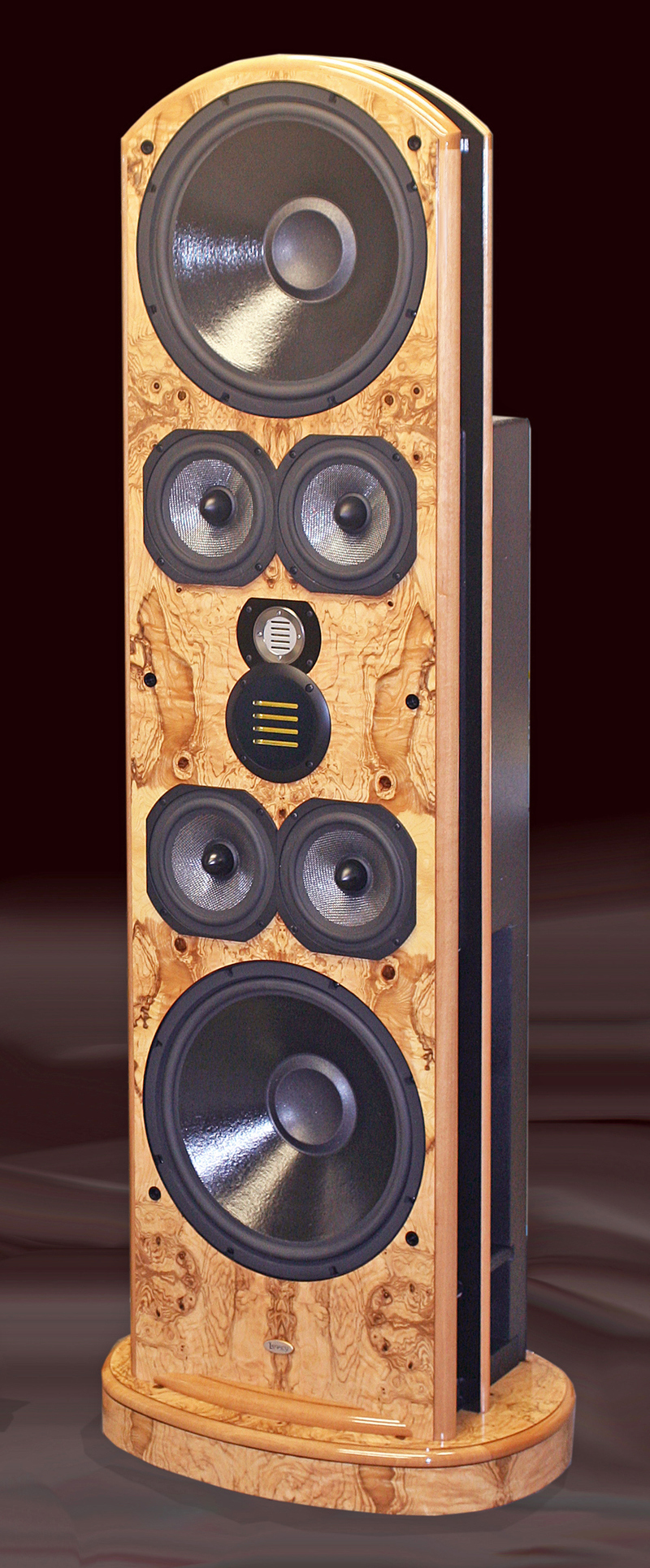-
Engineers Perspective
Project Whisper
Posted July 2011
Written by Bill Dudleston
“My goal with Whisper® was to create the most undistorted mirror of the microphone to date. Whisper was built in prototype stages using electrostatic, ribbon, Heil and and moving coil transducers. The speaker that resulted represents our best efforts and has remained essentially unchanged over the last three years. I have resisted any and all temptations to flavor the design. In short, this speaker is selfishly designed to satisfy a very personal goal.
Being a life-long recording technique fanatic*, I literally wanted Whisper to be able to discern the differences between a Schoeps-Collette, AKG 414 or Neumann U-47 microphone in application.
To test Whisper for coloration in the design phase, I would literally play a solo performance through Whisper and re-record it as a live event using comparable mic technique. This in turn would be played back and re-recorded again. Such a process is brutally revealing of any colorations and room dependencies. I have learned more with PROJECT WHISPER than any other project in which I have been previously involved and feel grateful for the acceptance Whisper has received in recording studios around the world.”
The design criteria for PROJECT WHISPER:
1. Minimize room ‘noise’ that normally masks the ambient information and spatial cues of the actual recorded event while maximizing channel separation.
2. Minimize low frequency room resonances that mar transient detail and cause coloration in tonal response.
3. Provide sufficient radiating surface as a function of frequency to control dispersion and minimize THD.
4. Maximize dynamic range and efficiency.
5. Provide a sweetspot large enough for multiple listeners:
Whisper’s radiation pattern is computer optimized to provide a wide horizontal sweetspot without interaction with the sidewalls. Its highly controlled directivity pattern results in gradual, linear, and wideband attenuation as the listener moves off axis; i.e. as the listener moves off-center, the near speaker gently drops in SPL allowing the far speaker to retain its audibility.

Differential technology:
Whisper’s compound alignment is rooted in Harry Olsen’s early papers more than twenty-five years ago. (Olsen is legendary for his mathematical and acoustic modeling of microphones). Olsen suggested such an alignment as a way to effectively steer low frequencies.
Whisper is the first broadband realization of this differential technique and includes a few proprietary twists in the free air driver design and crossover execution by transforming the impedance. Whisper also takes advantage of a sophisticated room algorithm that also allows the user low frequency adjustment capabilities.
The low frequency drivers operate in phase with each other and combine acoustically as a pair of figure- of-eights, one behind the other. The result: a compound null formed at the sides of the enclosure, which minimizes resonances and room reflections.
*Recently, while in New Orleans, Dave MacMillan, recipient of three Academy Awards for sound engineering, offered recognition of Whisper’s design topology. Dave noted that differential microphone techniques have allowed him to capture more than 97% of dialogue on movie sets without resulting to overdubbing. He relies on the Neumann U-87Ai, as do I for vocals and strings. Dave also shared stories regarding recent work with actors Gene Hackman and Kevin Costner.
